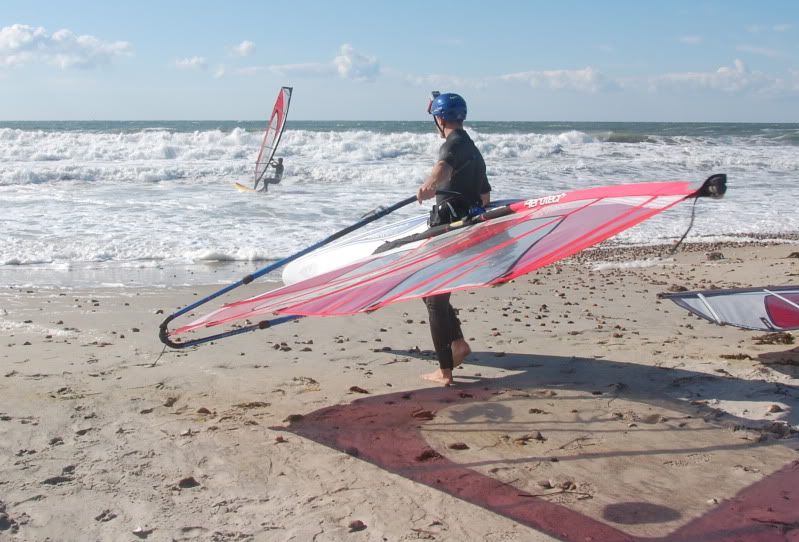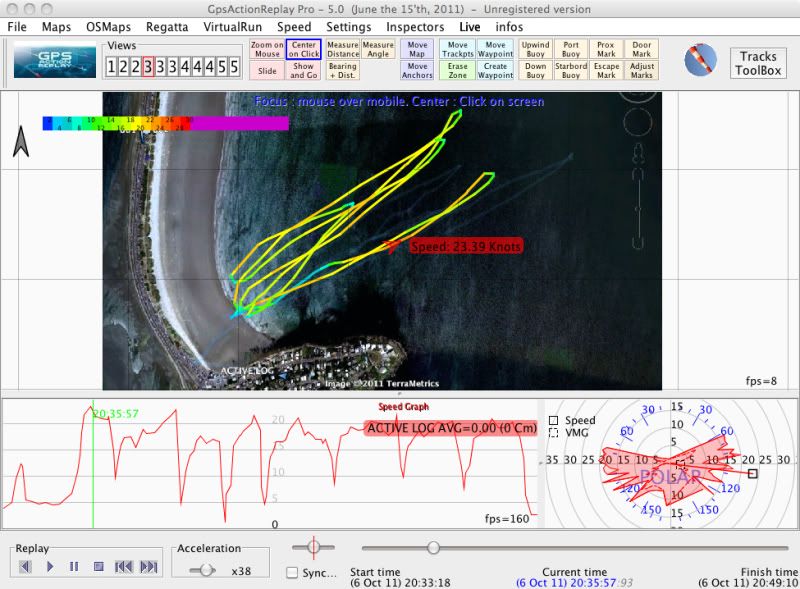Indeed, I just finished reading "Dishonorable Intentions," by Katherine Ivy, aka Lady Notorious, aka my charming, talented girlfriend, Rhonda. It wasn't the first time I had read her stuff- I had also seen her short story, "Love's Consequence" in the anthology "Modern Magic: Tales of Fantasy & Horror," and I had read the not-yet-published fantasy novel that she wrote for her master's thesis. Both of those blew me away, so I had high expectations for the romance novel. Rhonda tried to lower those expectations by explaining that "Dishonorable Intentions" was a different genre, and that it had been her first effort at writing, completed as a just-to-see-if-she-could-do-it "practice novel" while she was an undergraduate geology major. It turned out that Rhonda's warnings were unnecessary, because I found Dishonorable Intentions to have the same fast-pace, ingeniously-constructed plot, and badass-yet-realistically-characterized heroes that drew me into her other writings.
Dishonorable Intentions takes place in England during the "Regency" period of the early 19th century. The Regency was a rich and ritzy time for the nobility, and it was less uptight than the subsequent Victorian period, so it was the perfect setting for juicy romances. The romance of Dishonorable Intentions is made juicier still by intertwining with a crime mystery; the perilous hunt to recover a lost fortune in the form of a giant sapphire called "The Eye of the Storm." Intense drama develops as gorgeous, intelligent, great-spirited young Arabella battles to save her family and preserve her independence while winning the love and healing the heart of the handsome and virtuous but cynical and much-maligned noble Gabriel.

I must admit that before reading the book I doubted that I would be able to sympathize with characters from the upper crust of English society. I figured the nobles of "le bon ton" would just be tiptoeing around from mansion to carriage to ballroom, snootily obsessing over superficial concerns. In fact, some of the background characters in Dishonorable Intentions WERE a lot like my fluffy stereotypes, but the heroes Arabella and Gabriel had personal strengths and values that ripped right through the bullshit parts of their world. Those qualities made them very appealing, both to each other and to me as a 21st century reader.
I shouldn't give away too much of the story. If you want to read the book yourself you can download it from Amazon at this link. It's only like $5, so you really can't lose. If you don't have an e-reader device like a Kindle then you can do like I did and download Adobe Digital Editions (for free) so you can read it on your computer.
PS- Here's the novelist paddleboarding at Nahant last week. (Swoon!)





















